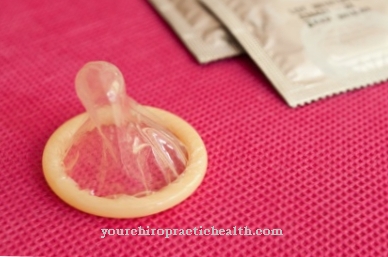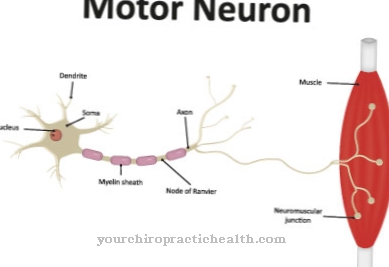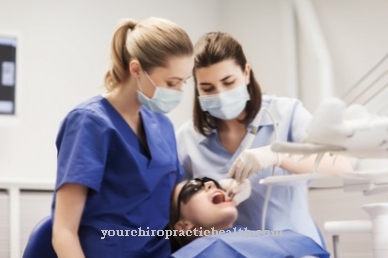Squat as a posture, something has gone out of fashion in industrialized countries. The squat can have positive effects on the musculoskeletal system in everyday life and in sports.
What is that crouch?

From the origin of the word, crouching describes a crouching posture. Movements in many joints and joint chains are necessary to assume this position. When you crouch down, the hip and knee joints are increasingly bent and achieve the maximum range of motion with a complete movement, so that the back of the thigh and lower leg touch. The basic requirement for this is full mobility in these joints. The strong hip flexion tilts the pelvis backwards and flexes the spine, the stomach reaches the front of the thighs. The ankle joints are brought into full extension (dorsiflexion).
The feet either remain completely on the ground with the soles of the feet or lift off with the heels. This evasive movement can have various causes. Most often, the leverage is responsible, but functional disorders in the joint or muscle shortening can also be the cause. In people whose thigh is longer than the lower leg and foot, the body's center of gravity is increasingly shifted backwards when crouching and there is a risk of tipping over. By lifting the heel, it is brought a little further forward so that its projection falls back into the support surface and a better equilibrium is created.
Function & task
In times when people were not familiar with seating furniture, the squat was a body position that was used quite normally in certain situations, such as when eating or at meetings, but also as a resting position. This is still the case with many indigenous peoples today.
The squat has many benefits for the internal organs. The small and large intestines are straightened, the closure between the two organs works better than in other body positions, and the risk of reflux is lower. The colon can be emptied more easily, the rectal muscles become stronger and can be better used for purging. Even today, in many Asian, African, and also European countries, the crouch is still used as a position to defecate.
The small pelvis is straightened up in the squatting position and its volume expanded, the prostate, the bladder and the uterus are relieved and protected. The pelvic floor muscles can be used better. This is why the squat is also a convenient birthing position that can be used in water or dry. By regularly exercising this posture, pregnant women can optimally prepare for the birth.
Squatting is also a functional body position in sport. An incomplete variant of this position is the downhill squat in alpine skiing. Due to the strong flexion in the hip and knee joint, the leg muscles are automatically put into an active state. Because of this and the flexion in the joints, the skiers are better able to control the skis and react to unforeseen situations.
Other athletes use the squat in preparation for a jumping activity. The muscles that are responsible for developing the force of the jump are brought into a pre-stretch. The elastic elements of the muscle are stretched like a rubber band and thus receive a potential energy that can be used for the stretching movement when jumping. The initial force is greater with this component than without pre-stretching.
Ski jumpers typically make use of these advantages, but so do volleyball players when jumping to block, especially beach volleyball players. Squatting is also the end position for squats, which are still used today as an effective exercise in strength training.
You can find your medication here
➔ Medicines for painIllnesses & ailments
An important factor that ensures the execution of a complete squat is the necessary mobility in the leg joints involved. In the hip and knee joint, osteoarthritis often impairs mobility, so that a complete execution is not possible. In the ankle, it is often the shortening of the calf muscles that prevent the foot from remaining on the ground. This makes the support area very small and the position unstable. The affected people cannot squat for long as it becomes uncomfortable and exhausting very quickly.
Pain can also hinder or prevent execution. Due to the increasing flexion, the joint partners move into a different position to one another and the pressure and tension conditions in the joints and in the environment change. If structures that are damaged get into the pressure zone or are stretched, pain occurs and at some point it is no longer possible or useful to continue the movement. Cartilage-free bone zones in osteoarthritis and damaged menisci and ligaments, especially the lateral and cruciate ligaments in the knee and the outer ligaments in the ankle, can be affected. The same goes for muscle injuries, especially in the front of the thigh and in the calf muscles.
After surgery, flexion in the hip and knee joints can be temporarily or permanently restricted. Squatting is then no longer or only partially possible. After an operation on the anterior cruciate ligament, knee flexion is usually limited for a period of time in order to avoid unfavorable tension on the cruciate ligament and a new tear. Orthoses, which are adjusted to the permissible flexion, are used for support and control.
Flexion deficits must be expected for a long period of time, especially after knee operations in which the incision runs across the front of the knee, such as with a joint replacement. At the beginning, maximum flexion is not allowed because of the pull, but the often massive swelling does not allow it either. Maximum mobility is usually not achieved despite rehabilitation measures and therapy. As a result, the complete squat is no longer possible, but the functional result is usually good.

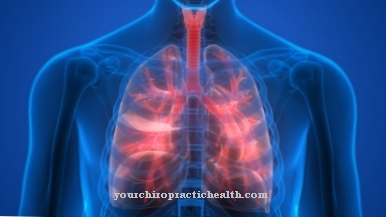



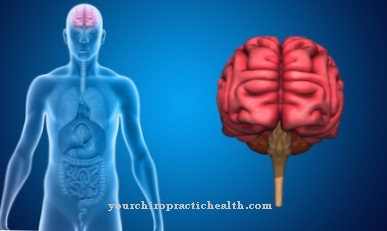


.jpg)
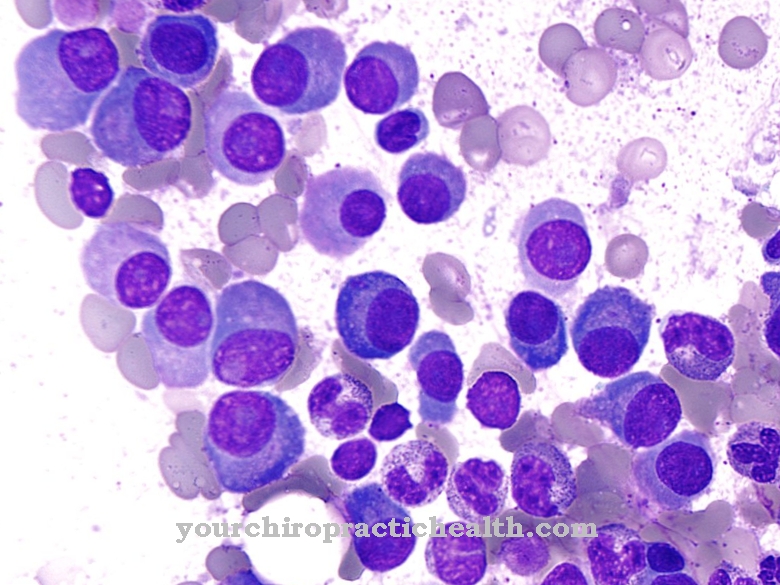
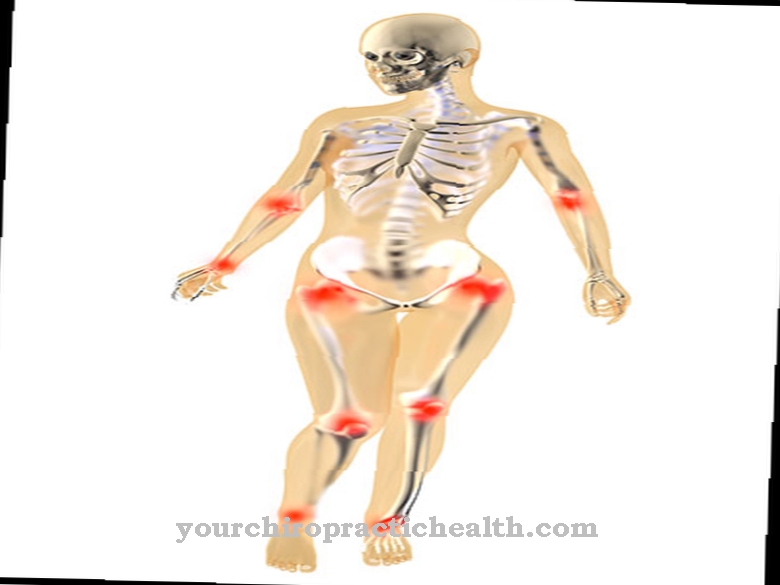
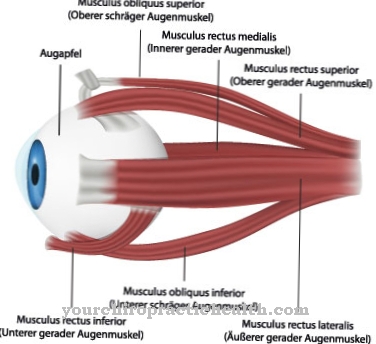
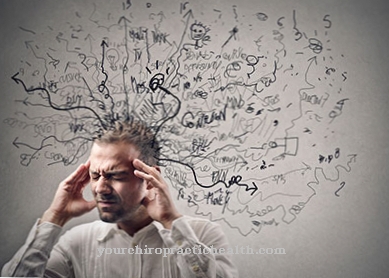

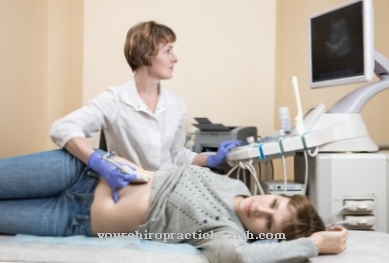

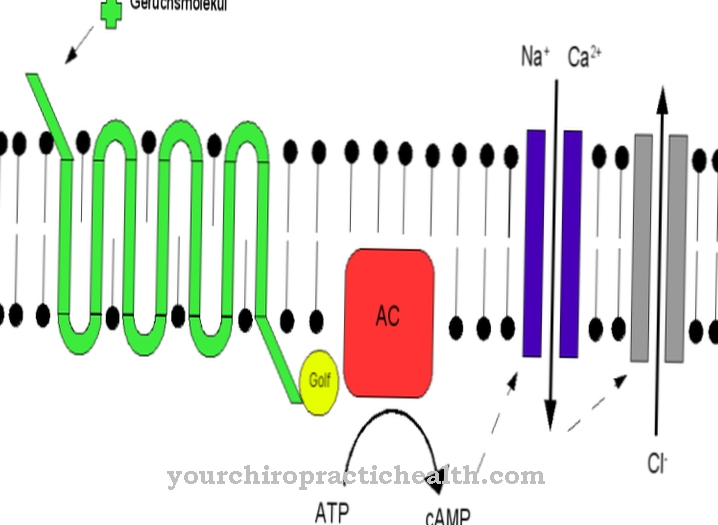
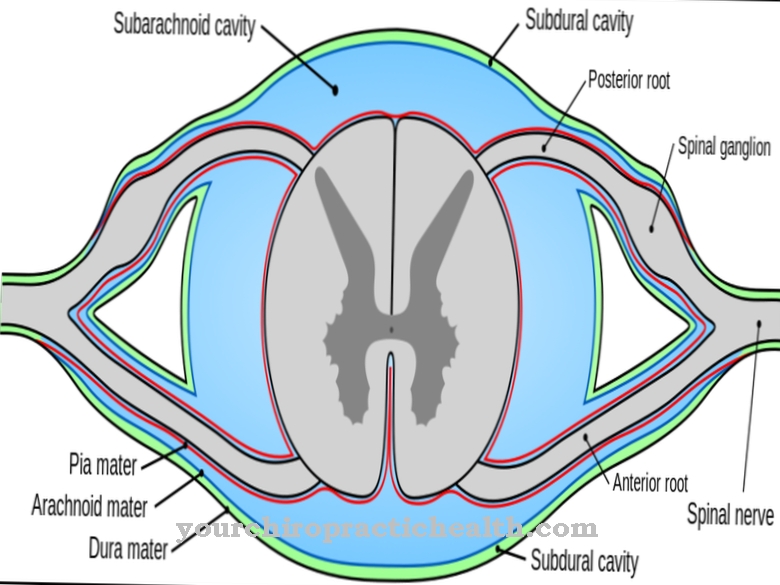


.jpg)




